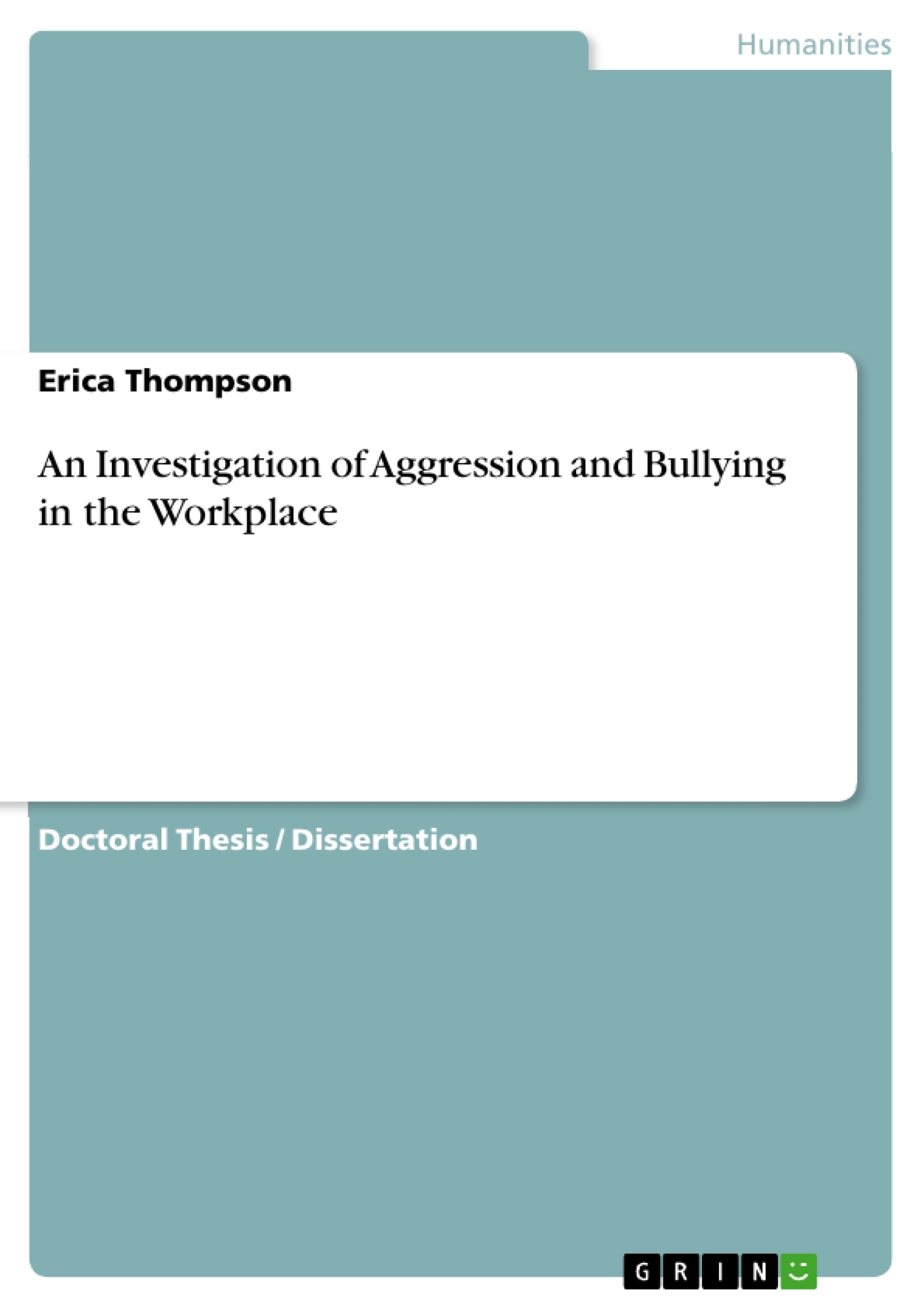ABSTACT:
Workplace bullying has been studied extensively in the United States, Austria, Germany, Scandinavia, and the United Kingdom.
Previous studies of bullying have focused on types of bullying (Einarsen, Hoel, Zapf, & Cooper, 2003; Keashly, 1998; Pearson, Andersson, & Wegner, 2001), frequency of bullying (Zapf, Einarsen, Hoel, & Vartia, 2003), the organizational and social factors that permit or encourage bullying (Andersson & Pearson, 1999; Fox & Stallworth, 2004; Vartia, 1996; Zapf, 1999), bullying’s adverse effects on the victims (Zapf, Knorz, & Kulla, 1996), ways to counter bullying (Richards & Daley, 2003), and the attributes of bullies and their victims (Zapf). However, a review of the literature did not uncover studies focusing on the attributes of workplace bullies in particular. The proposed study will help fill this gap in the literature by constructing a psychological profile of workplace bullies. This profile will help organizations recognize bullies, mitigate their effects, and prevent bullying.
Table of Contents
Introduction
Statement of the Problem
Purpose of the Study
Research Questions
Brief Review of the Literature
Definitions of Bullying
Workplace Bullying
Research Method
Informed Consent
Confidentiality
Geographic Location
Data Collection Procedures
Instrumentation
Validity and Reliabilty
Data Analysis Procedures
Summary
Appendix: Annotated Bibliography



